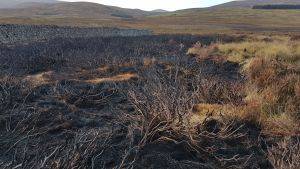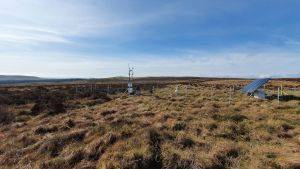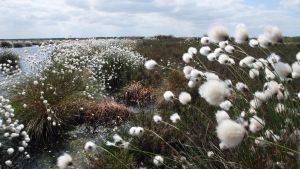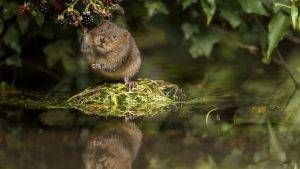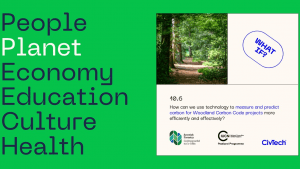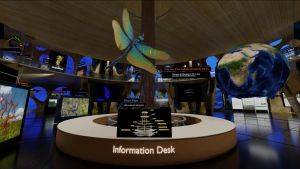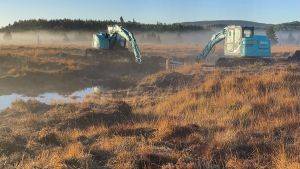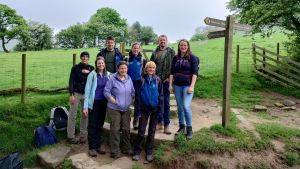Those stepping out onto the moorlands of the Peak District and South Pennines can now take part in a unique project to make a map of where Sphagnum moss is found.
‘The Big Moss Map’ will help scientists and conservationists in their efforts to save the region’s blanket bog habitat.
Since the industrial revolution much of the region’s Sphagnum – a plant very sensitive to atmospheric pollution – has died out. The Moors for the Future Partnership is working to conserve healthy peatlands and reintroduce Sphagnum moss.
‘The Big Moss Map’ will provide a picture of where Sphagnum is at the moment and in the future will show where it is increasing or decreasing, as volunteers survey the regions footpaths and submit their sightings of the moss online or by post.
A free smartphone app called ‘MoorMOSS’ is also available to help people identify the mosses they encounter.
The scheme is being co-ordinated by the partnership’s Community Science project, and is funded by the Heritage Lottery Fund.
Sarah Proctor, Project Manager said: “When we are talking about blanket bog and the surrounding moorlands we are really thinking about areas with and without Sphagnum moss.
“Creating ‘The Big Moss Map’ gives us all an opportunity to get out and about and build a picture of how the moors of the Peak District and South Pennines are changing, whilst spreading the word about Sphagnum”.
Training events are now being run to teach people how to differentiate between Sphagnum and other mosses.
The team are also able to signpost those interested in finding out further information about how to identify the mosses to a species level.
To find out more about the project and how you can get involved go to: www.moorsforthefuture.org.uk/community-science/bigmossmap


BBC Springwatch presenter Brett Westwood gave his backing at the launch. He said: “This is an exciting project. I’m very impressed with the scale of the work achieved and the vision for the moors. We need more visionary projects of this magnitude.”
Peatlands - predominantly made up of Sphagnum moss - store vast amounts of carbon. Globally they store more carbon below ground than plants do above ground. As a result Sphagnum is now seen as a vital weapon in the war against climate change.
Healthy peatlands continue capturing and locking in carbon from the atmosphere whilst their surfaces are protected by a blanket of plants including essential Sphagnum mosses.

